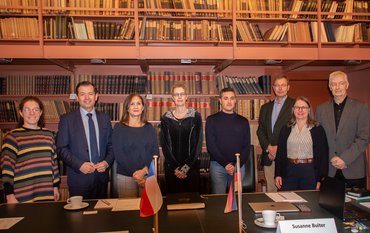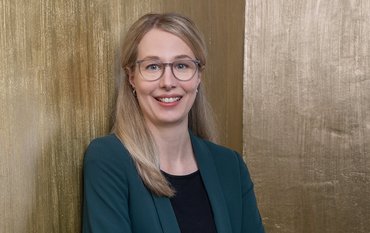Tetiana Amashukeli received the Marie Skłodowska Curie Action Fellowship to continue her work on the Ukrainian seismic network. The fellowship supports researchers to develop their careers abroad and fosters excellence in research. The researchers are promoted in terms of living and mobility allowance, research, training and networking activities and management and indirect costs.
Tetiana Amashukeli graduated from the Taras Shevchenko National University of Kyiv and received her Ph.D. from the Institute of Geophysics of the National Academy of Sciences of Ukraine (NAS) in Kyiv. Since May 2022 Tetiana is hosted in section 4.7 – ‘Earth Surface Process Modelling’ as a scientific collaborator, with additional support from the Direktorium and from section 2.2 – ‘Geophysical Imaging’.
Tetiana Amashukeli was responsible in the Institute of Geophysics (Kyiv) for the modernisation of the country’s seismic network. The seismic network of the Institute of Geophysics of the NAS is equipped with outdated and not certificated seismic instruments. That made it impossible to obtain quality instrumental data and complicates the exchange of observational materials and the results of scientific analysis with the global community. Such an insulated Ukrainian seismological research community does not just slow down the process for standardisation and unification of seismic monitoring, but, additionally, it leaves the young research force out of step with international community and state-of-the-art standards and methods. The Ukrainian seismic network was already in need of modernisation by February 2022 and the Russian invasion has exacerbated its critical issues, leading to the need for a fundamental rebuilding.
Steps for modernisation since 2019
The first steps for the modernisation of the Ukrainian seismic network started in 2019-2021 with the adopted SeisComP software developed at GFZ section 2.4 – ‘Seismology’ to create a unified central-recording/collecting platform for interactive data processing. A new seismic station (ODS-Odesa) was established and a memorandum on real-time exchange of seismic data between Institute of Geophysics (Kyiv) and the Bulgarian Academy of Sciences was signed to strengthen the monitoring in the Black Sea region.
Rapidly densify the Ukrainian Seismic Network
In September 2022, GFZ- Section 4.7 has already provided four Raspberry Shake Seismographs (RS3D). RS3D was chosen because of their affordability, compatibility with SeisComP, and easy installation. They offer the possibility to rapidly densify the Ukrainian Seismic network and will be deployed at universities and research institutes in Kyiv, Kaniv, Chernivtsi and Beregovo. These seismographs will be used for education in Ukrainians institutions to increase the interest and know-how of young generation toward seismology. Likewise, these easy-to-use instruments integrated into a global seismic network could offer the opportunity for citizen scientists to lead citizen-seismic monitoring, raise awareness and connect science to society.
Networks Goals for after the War
With the Marie Skłodowska Curie Action Fellowship Tetiana Amashukeli can continue her project and prepare a plan for the expansion and modernisation of the seismic network after the war. The strategy will be driven by the geological and tectonic aspects for specific regions in Ukraine as well as the definition of the network's goals (monitoring of special seismotectonic features, important civil engineering structures, induced seismicity, etc.) and of specific local instrumental needs. Collaboration with section 2.6 will also guarantee a constant link with the development of seismic hazard and risk products for Ukraine. The underlying philosophy of the modernized network will focus on providing access to seismological data, keeping these data accessible in the long term, supplying data for the calculation of seismic risk, control of geodynamic situation, seismic monitoring of the technically and environmentally hazardous facilities.
Preparing reconstruction, whenever peace arrives, Tetiana Amashukeli will be ready to focus efforts in the direction that is most beneficial for the science infrastructure of the country and its potential to produce excellent research.
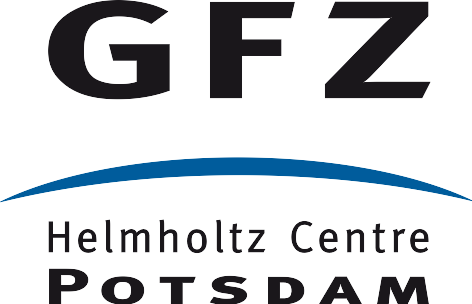

![[Translate to English:] Tetiana Amashukeli in the science park](/fileadmin/_processed_/f/3/csm_IMG-4142_0aced09f8f.jpeg)
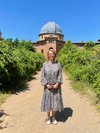
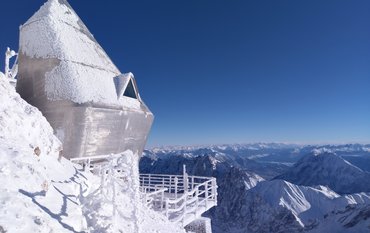
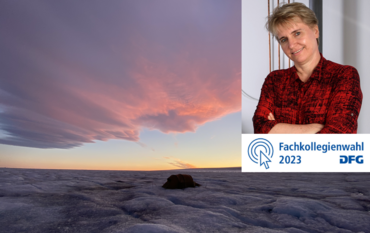
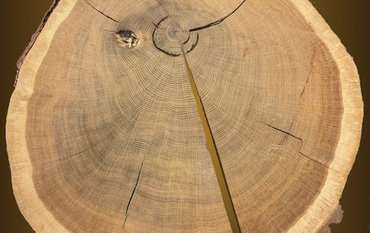
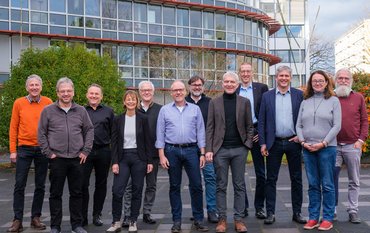
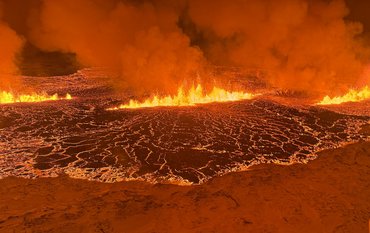
![[Translate to English:] Torsten Sachs in front of a climate station on a field](/fileadmin/_processed_/3/9/csm__TorstenSachs_bearbeitet_GS_4a1365ef84.jpeg)
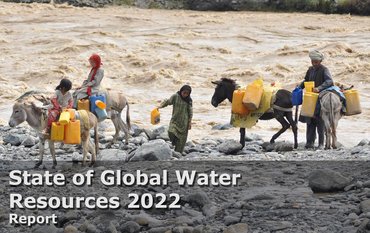
![[Translate to English:] left image flood at the Ahrtal: image from above, several houses are flooded; left image:: Heidi Kreibich;](/fileadmin/_processed_/4/4/csm_Bild2_9af0130e9f.png)
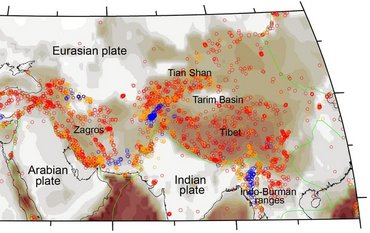
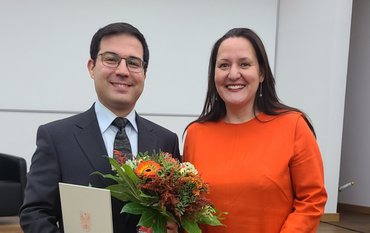
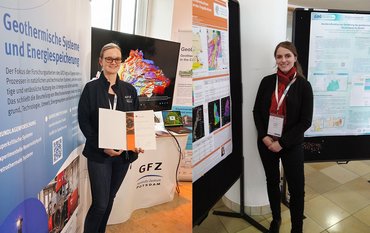
![[Translate to English:] Start der Vega Rakete](/fileadmin/_processed_/6/4/csm_20231201-kachel_Vega-VV23-launch_ESA-CNES-Arianespace_706716b68c.jpeg)
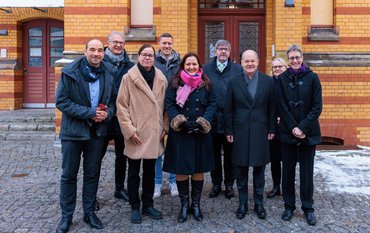
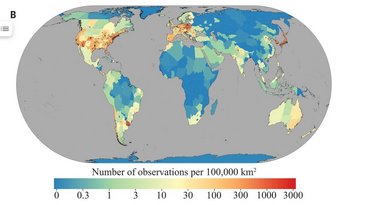
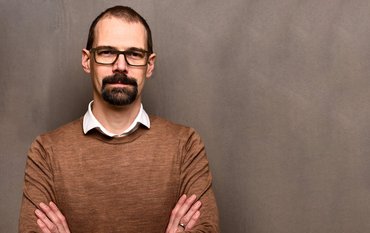
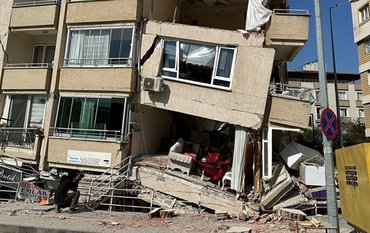
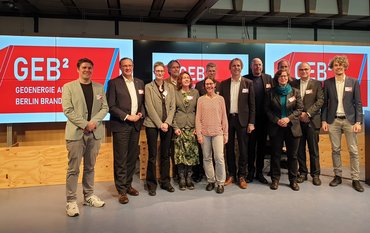
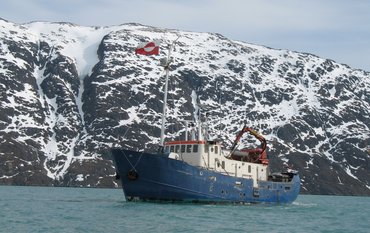
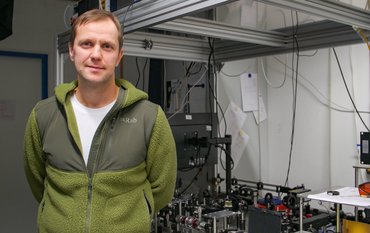
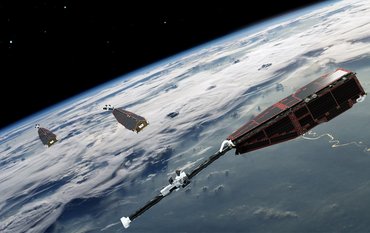
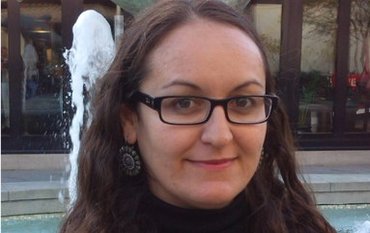
![[Translate to English:] Poster exhibition at the Brandenburg Hydrogen Day at the GFZ, some participants in the foreground](/fileadmin/_processed_/6/5/csm_Erster_Brandenburgischer_Wasserstofftag_GFZ_402fcec95e.jpeg)
![[Translate to English:] Group picture of the participants](/fileadmin/_processed_/9/4/csm_20231108_CAWa-Workshop-Tashkent_Gruppenbild_99ea779d8a.jpeg)
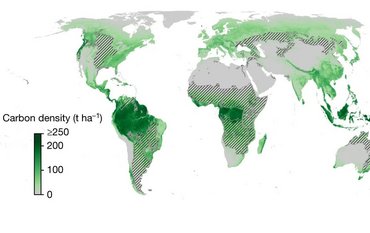
![[Translate to English:] [Translate to English:] Hörsaal](/fileadmin/_processed_/e/6/csm_H%C3%B6rsal_e21ac645fb.jpeg)
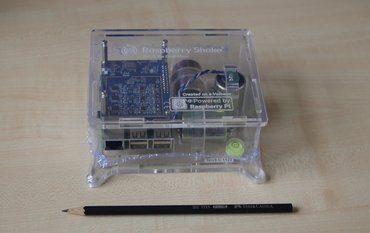
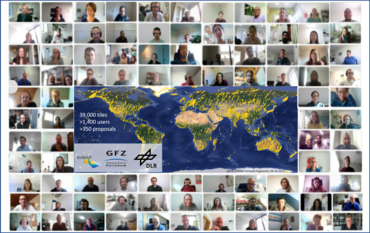
![[Translate to English:] The Delegations in the Historic Library on the Telegrafenberg. In the back there are from left to right, the Dutch Ambassador for Germany, Ronald van Roeden, the Dutch Minister for Education, Culture and Science, Robbert Dijkgraaf and the scientific director of the GFZ, Susanne Buiter.](/fileadmin/_processed_/d/b/csm_Kachel-2_9eba4b4212.jpeg)
